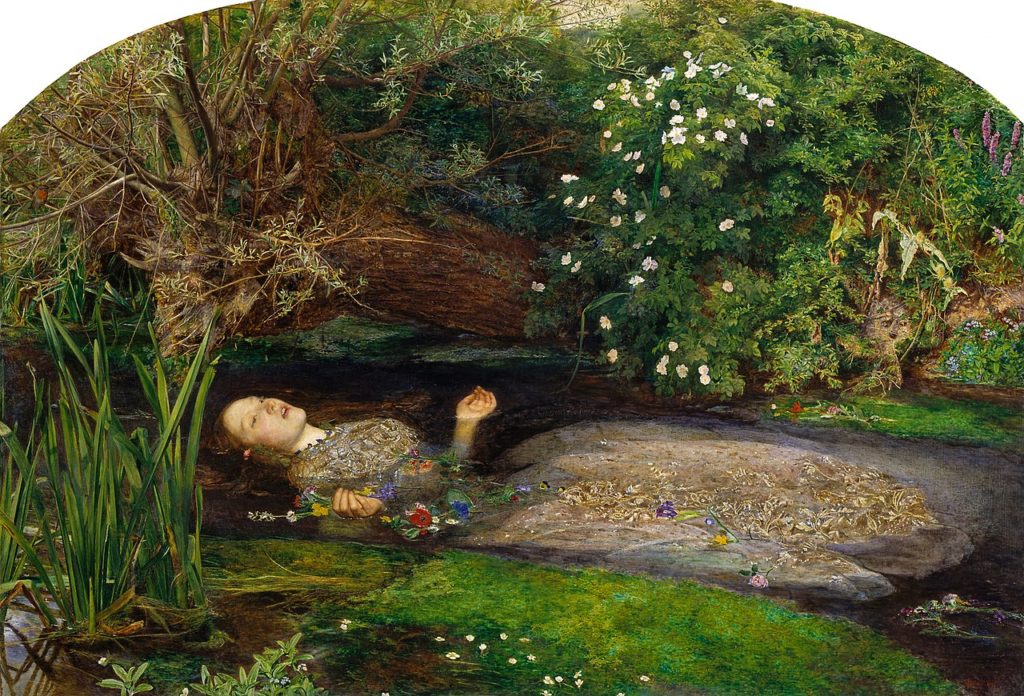The literal meaning of Shanzhai is mountain stronghold, referring to the bastion of a regional warlord/ bandit. Its remoteness protects it from centralized, official control. However, shanzhai also refers to an attitude, documented by Byung-Chul Han (1957 – ), a South Korean-born Swiss/ German metalurgist/ philosopher/ cultural theorist. He wrote Shanzhai: Dekonstruktion auf Chinesisch in German, published by Merve, Berlin in 2011. An English translation, Shanzhai: Deconstruction in Chinese appeared in 2017, published by MIT.
The chapters in the book refer to Chinese terms and their definitions. They are Quan: Law, Zhen ji: Original, Xian zhan: Seals of Leisure, Fuzhi: Copy, and Shanzhai: Fake.
As indicated by the name of the last chapter, shanzhai typically refers to something that is copycat/ fake. Another English word associated with it is tinkering. Before: A shanzhai factory has traditionally referred to a poorly equipped, low-quality, family-based production facility making inferior products. Now: Fewer of the facilities and products are of poor quality, despite no or fake brand labels.
Han realizes that it can be difficult for people of European ancestry to set themselves into a Taoistic mindset. “… transformation takes place not as a series of events or eruptions, but discreetly, imperceptibly, and continually. Any kind of creation that occurred at one absolute unique point would be inconceivable. Discontinuity is a characteristic of time based on events. (p. 8)
Han quotes Zhu Xi (1130 – 1200), who offers insight into shanzhai, and incidentally some pertinent advice for these COVID-19 times, “Under normal conditions we adhere to the rules of convention, but in times of change we use quan.” (p. 10) A quan is a movable weight on a balance scale. The implication is that there can be no absolute values, only relative values that have to be moved to find the point of balance.
There are some who equate Shanzhai with piracy, inside as well as outside China. At about the same time Byung-Chul Han was writing his book, Ni Ping (1959 – ), a Chinese actress and television hostess, proposed the elimination of shanzhai works, arguing that their copycat nature stifled genuine creativity and blurred property rights. During the ensuing debate, it was pointed out that shanzhai products are not pirated products. Genuine creativity is not so much originality, as it is government sanctioned creativity, which may be considerably less original than manifestations described as copycat. At one level, shanzhai is rebellion/ resistance to the mainstream.
Discussing Zhen ji, Han writes, “The Chinese idea of the original is determined not by a unique act of creation, but by unending process, not by definitive identity but by constant change.” (p. 13) This contrasts with Plato’s concepts of the beautiful or good, which are immutable. Being is replaced with a multiform, multilayered process. Masterpieces will be deconstructed/ viewed differently in different ages. He notes, “Copying is the same as praising.” (p. 16)
Han then examines Orson Welles’ (1915 – 1985) docudrama, F is for Fake (1973). “Elmyr [de Hory (1906 – 1976)] is deliberately painting badly so that his forgery looks more like an original. In this way he turns the conventional relationship between master and forger on its head: the forger paints better than the master.” (p. 17) Han then goes on to remind readers that Michelangelo was a forger of genius, substituting perfect copies for borrowed originals. (p. 19)
Han regards seal stamps (xian zhan) as part of a picture’s composition. Indeed, space is left on paintings for later inscriptions. These seals vary in size from 4mm to 200 mm in diameter, and may include poetic or moral content. They open up a communicative space, vastly different from the signature affixed European artworks. (p. 21 – 22)
In the chapter Fuzhi: Copy, Han reflects on terra-cotta warrior copies. While the Hamburg Museum für Völkerkunde regarded them as forgeries in 2007, the Chinese replica workshop regarded its efforts as an attempt to restart production. (p. 31) Han further notes that the Japanese Ise Shinto shrine temple complex is completely rebuilt from scratch every twenty years, despite being 1 300 years old.
Modular production from stock components is regarded as appropriate behaviour, for in Chinese society originality/ uniqueness is not as valued as reproducibility, allowing variations and modulations. (p. 35) Han then refers people to one of the most famous Chinese treatises on painting the Manual of the Mustard Seed Garden (1679).
In the last chapter, Shanzhai: Fake, Han writes, “There are now also expressions such as shanzhaism, shanzhai culture, and shanzhai spirit. Today shanzhai encompasses all areas of life in China. There are shanzhai books, a shanzhai Nobel Prize, shanzhai movies, shanzhai politicians, and shanzhai stars.” (p. 37)
He then goes on to discuss where the term was first applied, cell phones. “In terms of design and function they are hardly inferior to the original. Technological or aesthetic modifications give them their own identity. They are multifunctional and stylish. Shanzhai products are characterized in particular by a high degree of flexibility. For example, they can adapt very quickly to particular needs and situations, which is not possible for products made by large companies because of their long production cycles.” (p. 37)
Material titled, Shanzhai by Example, was removed from this post and added to a post titled The Naked Truth on 2021-12-30 at 17:00.







